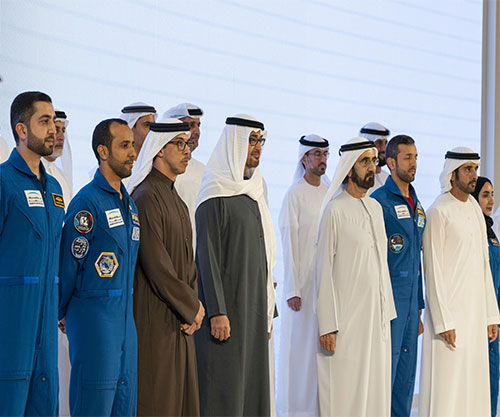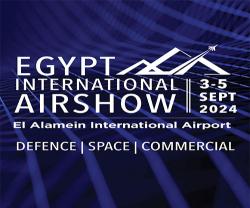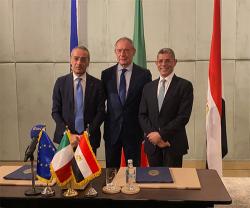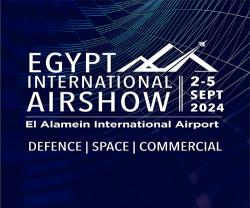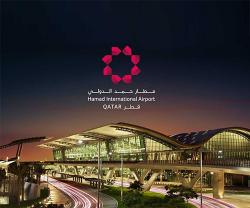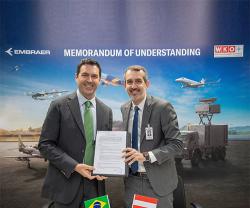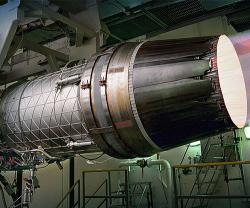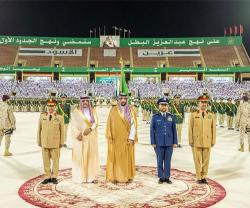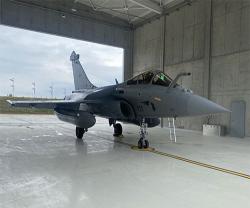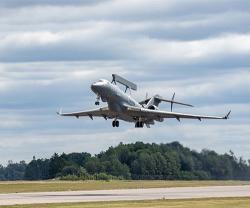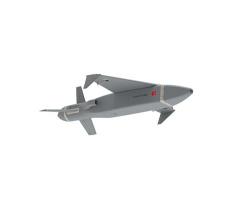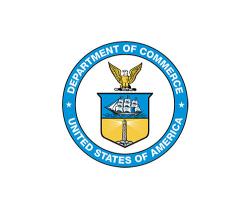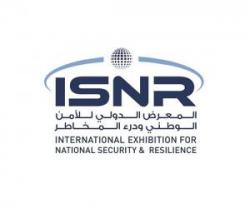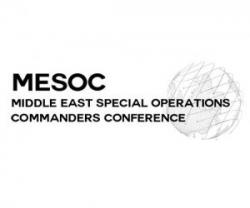In the presence of UAE President His Highness Sheikh Mohamed bin Zayed Al Nahyan and His Highness Sheikh Mohammed bin Rashid Al Maktoum, Vice President and Prime Minister of the UAE and Ruler of Dubai, the UAE announced its participation in developing a module on NASA’s Lunar Gateway Station alongside the USA, Japan, Canada and the European Union, in addition to sending the first Emirati astronaut into lunar orbit as part of the project.
The nation’s contribution in the development of the Crew and Science Airlock module on the Lunar Gateway Station, aims to strengthen its global presence in the fields of space science and technology, UAE national news agency WAM reported.
UAE President His Highness Sheikh Mohamed bin Zayed Al Nahyan said during the event, which was held Sunday at Qasr Al Watan in Abu Dhabi: “The UAE’s participation in this international project reflects our commitment to promoting partnerships with the world that contribute to the advancement of knowledge and progress for humanity.”
His Highness Sheikh Mohamed bin Zayed Al Nahyan expressed his pride in the national institutions and teams that contribute to achieving the UAE’s ambitions in the space sector, and reiterated the leadership’s continued support for ongoing participation in international missions and events that advance the sustainable development of the country and the global community.
His Highness Sheikh Mohammed bin Rashid Al Maktoum said: “We have a longstanding journey in the space sector, our team comprises highly skilled professionals capable of leading the most challenging scientific missions. Our unwavering ambition knows no limits when it comes to our future Emirati projects.”
His Highness Sheikh Mohammed bin Rashid Al Maktoum further noted: “A significant mission awaits us in this project that represents a groundbreaking initiative for humanity's return to the Moon, landing on its surface and establishing it as a base for future missions toward Mars. The Emirati team alongside other international teams, are capable of accomplishing this mission, and we will support them by providing all the necessary resources.”
The UAE is the fifth partner in this project, which will be among the most important global achievements of the 21st century, and represents a historic achievement among the UAE’s accomplishments in the space sector.
This contribution comes in cooperation with the National Aeronautics and Space Administration (NASA). The project represents humankind’s renewed ambition to revisit the Moon after an absence of more than fifty years. This initiative involves landing on the Moon’s surface in preparation for upcoming missions directed towards Mars.
The UAE will be responsible for developing the lunar space station's Crew and Science Airlock, a critical component for maintaining a safe environment for astronauts. This unit will act as a portal of the station, serving as the entry and exit point for missions and astronauts travelling to the Moon’s surface from the Lunar Gateway Station.
The UAE will also undertake the management and operation of the station’s Airlock. The Airlock’s length is 10 metres, its width is 4 metres, weight 10 tonnes, while the size of the entire station is: 19 x 20 x 42M.
The station will double as a space laboratory, enabling a range of scientific and technical experiments, and will have a minimum lifespan of 15 years, which is subject to extension.
The first elements of Gateway are expected to be launched by 2025, while the Emirates Airlock is scheduled to be launched by 2030.
The Airlock development stages will include five main stages: The planning stage; the design phase; the qualification process; the flight preparation; and the operations stage.
The planning stage consists of establishing objectives, strategies and Project partners for the creation of the Airlock module, while the second stage will include the development of detailed designs and specifications for the components of the Airlock unit in order to be assembled.
The qualification process stage is characterised by testing and qualifying the Airlock unit’s components to ensure their reliability and safety for space conditions and requirements. The fourth phase of the Airlock’s development will include the preparations and launching of the space components, and integrating them into the Lunar Gateway Station.
The Mohammed Bin Rashid Space Centre (MBRSC) will be responsible for managing, maintaining and operating the Airlock, ensuring it functions effectively as part of the Gateway.
Hamad Obaid AlMansoori, Chairman of the Mohammed Bin Rashid Space Centre (MBRSC), said: “Our participation in this project marks a new chapter in the UAE’s journey of space exploration. Guided by the ambition of our leadership, we are entering a fresh era in space exploration. Their wise vision has been a driving force behind our involvement in the development of Nasa's Lunar Gateway Station, a global milestone showcasing the UAE's commitment and expanding capabilities.”
Salem Humaid Al Marri, Director-General at MBRSC, said: “We are grateful for the unwavering commitment and ambitious vision of our wise leadership, which has transformed space into a field of innovation and scientific progress. The UAE’s contribution in this project is not just a national triumph but a global achievement. It showcases our ability to actively contribute to space exploration. This project emphasises the significance of international cooperation in this field, and reflects our keenness to participate in the re-establishment of human presence on the Moon and advance space missions towards Mars.”

